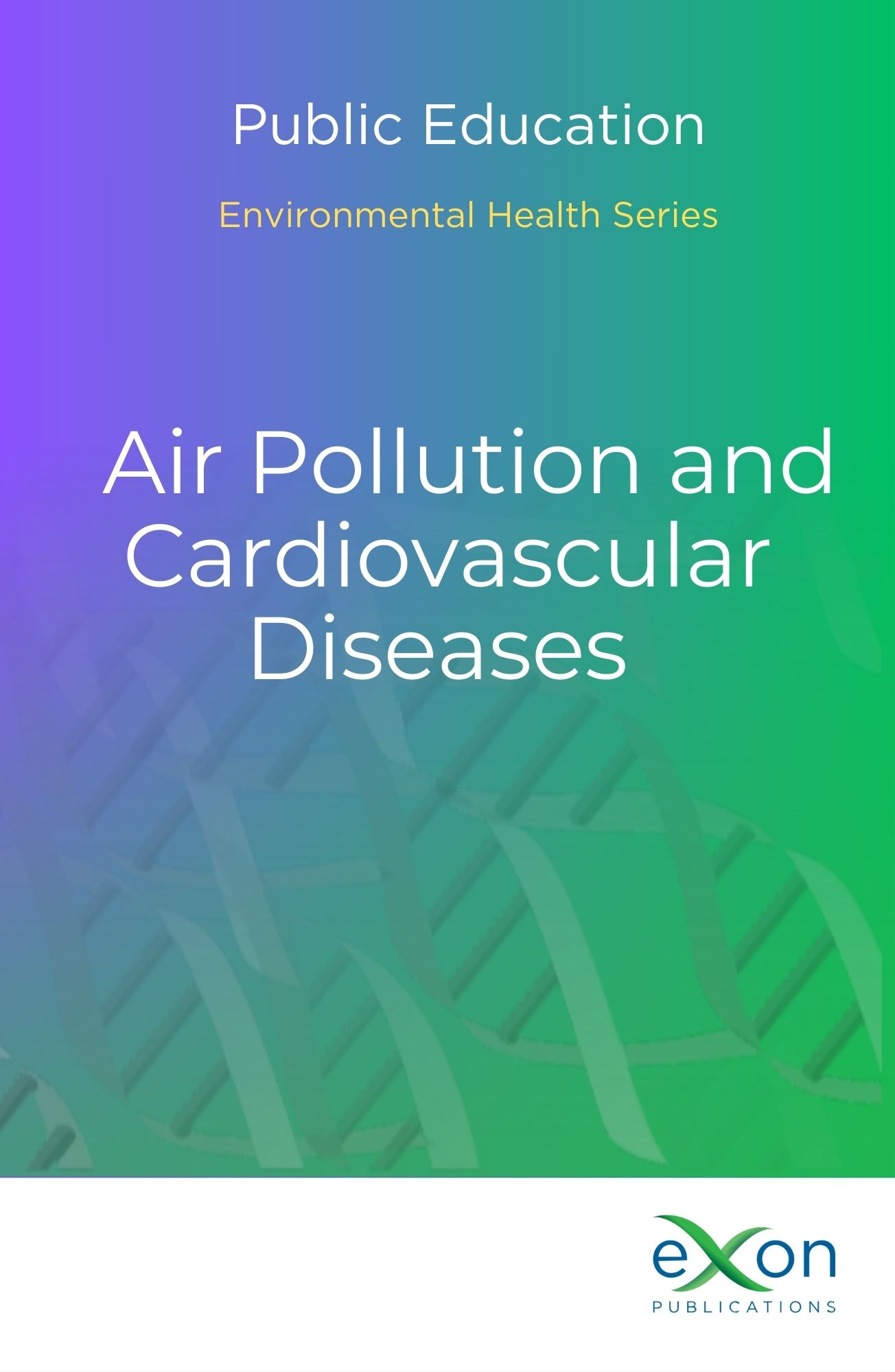Air Pollution and Cardiovascular Diseases is a comprehensive guide that explains the connection between air pollution and heart health. Readers can access the article in HTML or PDF format by scrolling down.
The article is organized into clear sections, each providing essential information on the causes, mechanisms, health impacts, and preventive measures associated with cardiovascular diseases resulting from exposure to polluted air. It begins by defining air pollution and identifying the major pollutants, such as particulate matter (PM2.5), nitrogen dioxide (NO₂), and ozone (O₃), that are most harmful to cardiovascular health. The article explains how these pollutants enter the body through inhalation and travel from the lungs into the bloodstream. Once in the bloodstream, pollutants trigger oxidative stress, inflammation, and blood vessel damage, which contribute to the development of heart disease, strokes, high blood pressure, and other cardiovascular conditions. It highlights the groups most at risk, including older adults, people with pre-existing heart conditions, and children. Strategies for reducing exposure, such as air quality monitoring, and use of protective masks are also discussed.
The article concludes with a call for continued research to better understand the long-term effects of air pollution on heart health. The information is presented in simple terms to ensure it is accessible and easy to understand for all readers. This is part of the 'Public Education Series' initiative by Exon Publications.
DOI: https://doi.org/10.36255/air-pollution-cardiovascular-diseases
Published: 2024-12-18

